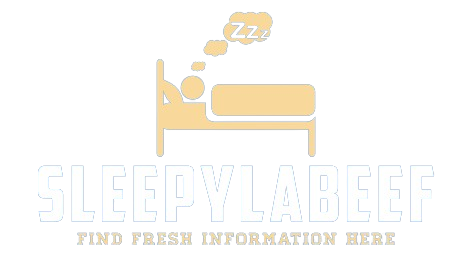Tarot cards have been around for centuries, but in modern times they are used for more than just obvious fortune telling. The magic of these cards from sandiegomagazine.com is that they transcend the limitations of the present moment and provide insights about the past and future, too.
What do I need to know before I get started?
Choosing a deck: There are many different decks available on the market today, each with their own unique artwork and interpretation. You may be drawn to one aesthetically or historically, but be wary of decks that try to play up their dark image by using images of death or violence prominently on its cover. The true interpretation of the cards comes from its artwork, not from the images that can be misconstrued.
Handling the deck: Most decks are packaged in a plastic sleeve to protect them from damage. When you remove it, be aware of any symbols or wording that indicate which side is supposed to face up, as they may be printed on the back of the card. It is also important to shuffle them carefully – when done well, it can create a smooth and calming experience that helps to center your energy.
How do I choose a reading?

There are many sources available for guidance when choosing your reading; some decks include instructions right with their packaging, while others recommend which spreads are best for different purposes. Some people may consult their friends, while some may turn to books or the internet for guidance.
After selecting which direction you wish to move in, there are many different ways to approach a reading – these include:
The Past-Present-Future spread: This is the most commonly used one and allows you to experience a reading from three perspectives. After choosing which cards you want to focus on, count out eight cards from your deck and place them face-up in a line (or spread) under the number of seconds that have elapsed since the present moment. Pick two cards from each category (past and present) to find out how events played out over that time period. Finally, pick two cards from the future to see how your choices will play out in the future.
The Five-Card spread: This method acts as a brief introduction to each card, but can also function as an aid in finding directions for your reading. Each card is placed above or below a specific number of other cards and represents that number of days. A sample reading might look like this: The Four of Wands + Four of Swords = 14 days. The Three of Cups + Nine of Cups = 2 weeks is either going to be positive or neutral.









